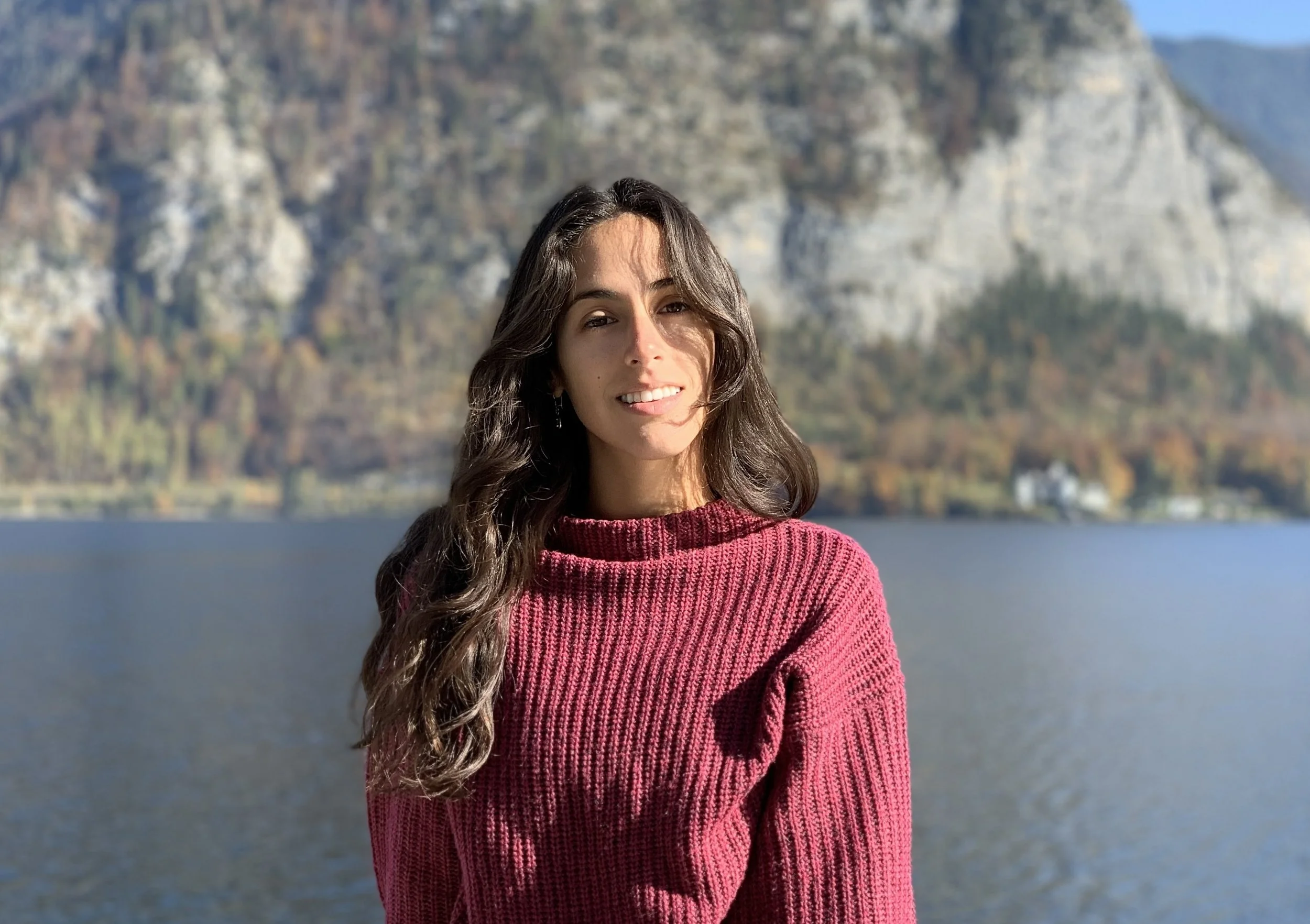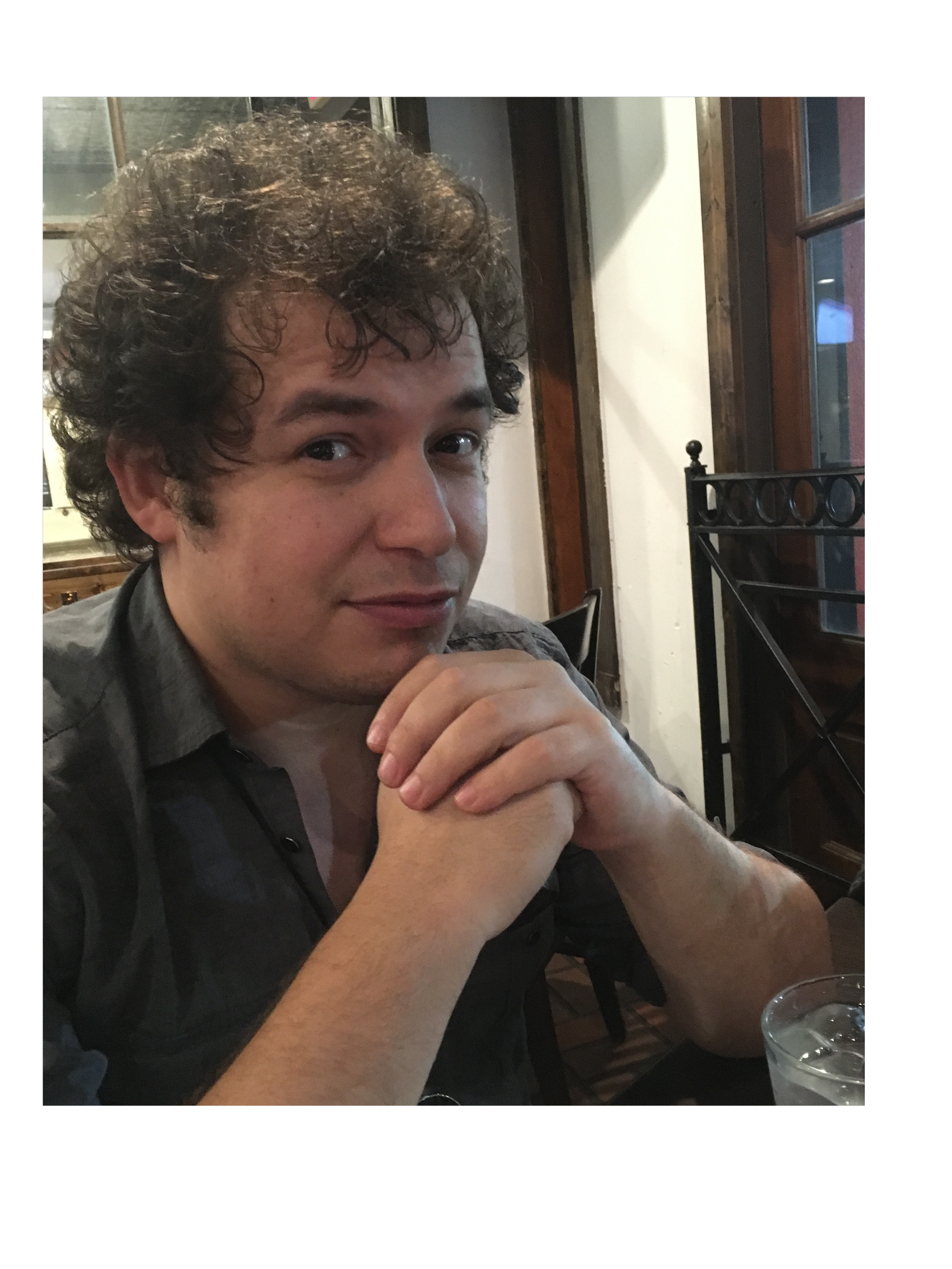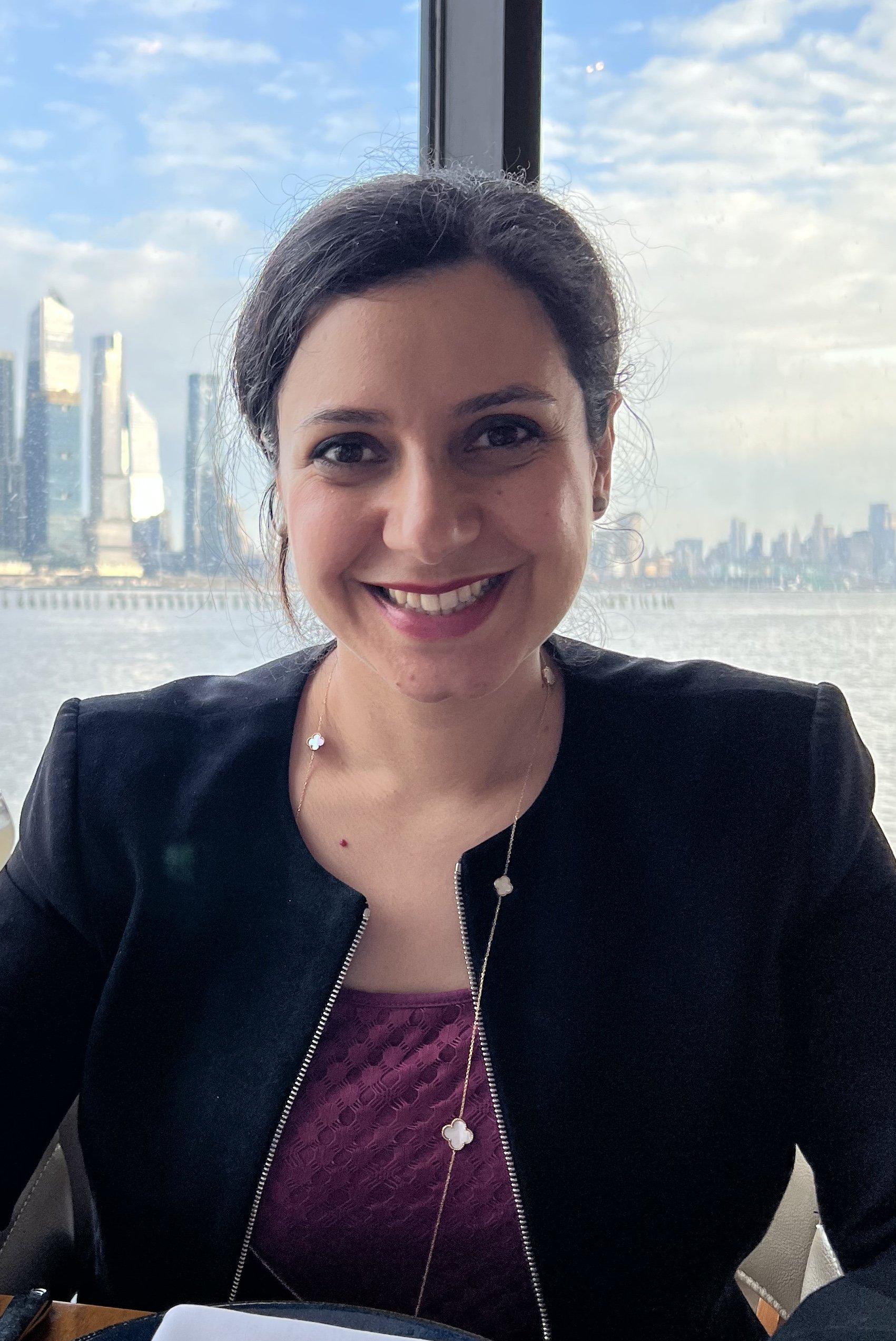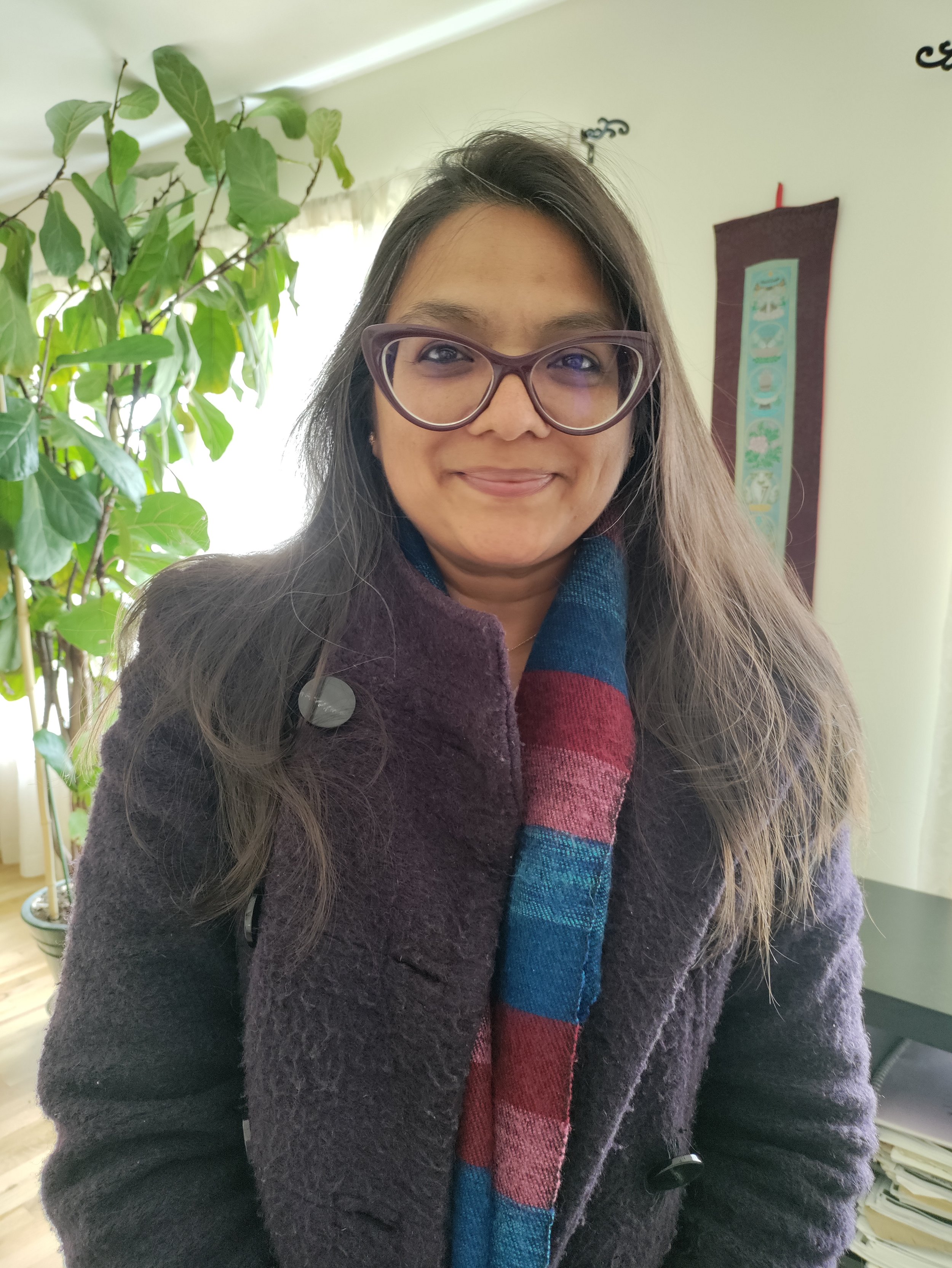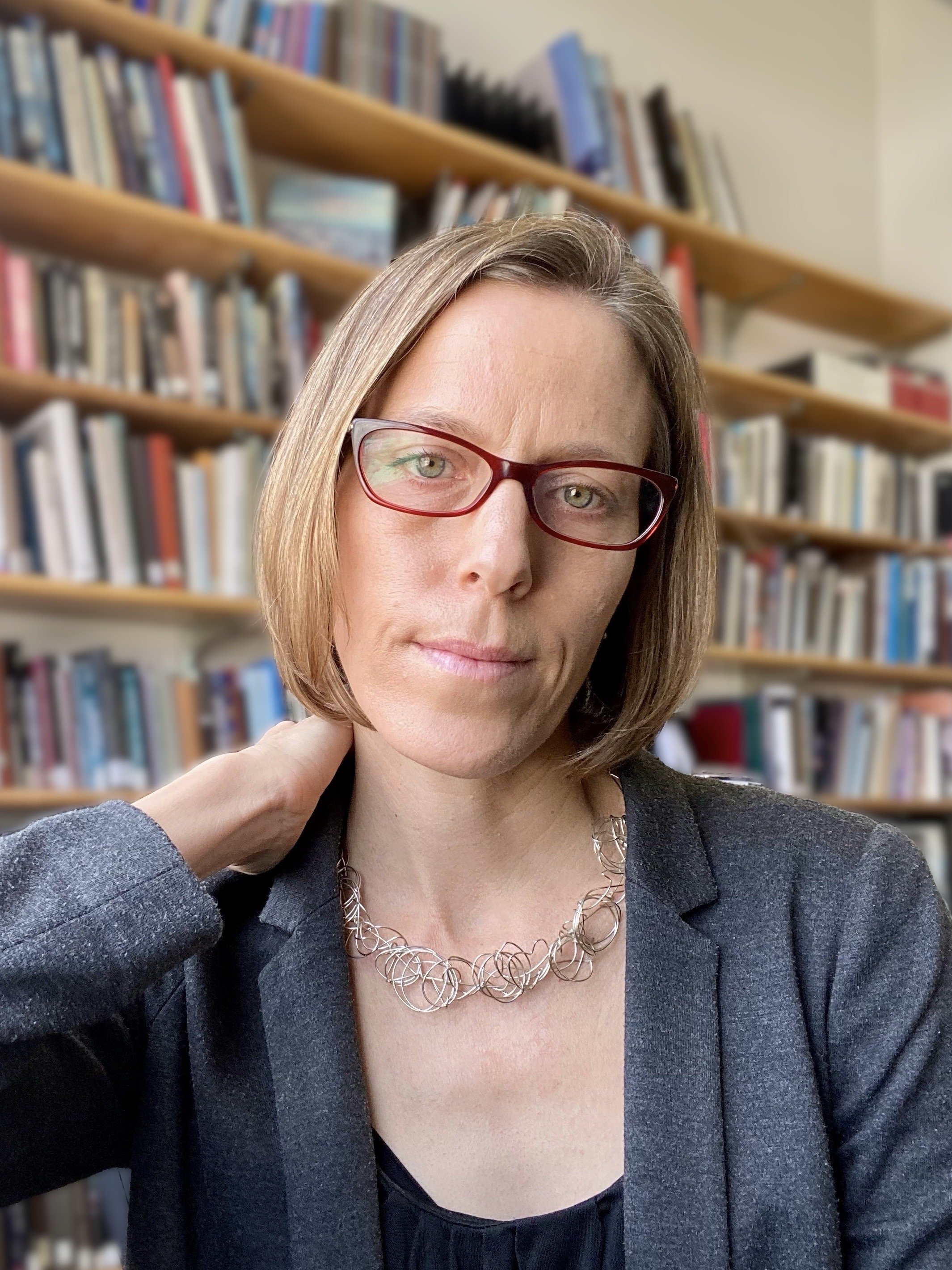Fellowships 2025-2026
The New Foundation for Art History has expanded its fellowship offerings to include two types of fellowships, year-long non-residential research fellowships for middle-career tenure-track faculty and innovative multi-year fellowships for contingent faculty. Please be aware that these two fellowship programs have different application processes and timelines (see descriptions below).
Non-Residential Fellowships 2025-2026
The New Foundation for Art History offers two year-long, non-residential fellowships for mid-career scholars. These fellowships will be awarded to tenure-track assistant and associate professors carrying out innovative work on the art of any era or culture. Applications will be judged above all on the intellectual merit of the project as demonstrated by the application, letters, and related publications. However, in evaluating these applications, the NFAH selection committee will give special consideration to the applicant’s professional situation, including his/her home university’s ability to fund research time. For this reason, NFAH fellowships will favor ambitious scholars at public or smaller private institutions without the resources to enable full-year research leave sufficient to particular scholarly enterprises, especially book projects. At the present time, the NFAH only accepts applications from scholars at U.S. institutions.
Award
Fellowship grants will constitute up to half of the candidate’s regular annual salary, not to exceed $50,000.
Application
Candidates must send a project proposal (2500 words maximum), one recent publication (best related to the project under review), a short cv (maximum 2 pages, including other grants received), and two reference letters. One reference letter should address the quality of the projected research; the second should come from the college dean or the chair of the applicant’s department laying out the funding situation at the candidate’s home institution. This letter should evaluate the extent of the home institution’s contribution to the research of the applicant, or the limits thereof, and offer an objective assessment of the candidate’s professional situation and research potential (this letter will be particularly important in identifying need). Applications will be judged by the NFAH fellowship committee, which is constituted of professional art historians.
Application materials should be forwarded as a single pdf (named with the candidate’s first initial and surname) to info@nfah.org by January 10, 2025. Recommenders should send their letters as pdfs on letterhead separately to the same email address. Finalists will be interviewed by video conference.
The NFAH actively seeks to promote diversity in the field.
Application Deadline: January 15, 2025
Candidates will be informed of the NFAH decision by April 10, 2025
Fellowships for Contingent Faculty 2025-2026
Colleagues have observed with increasing alarm the growth of contingent faculty positions at the expense of tenure track lines throughout the field of art history. Given this new reality, the NFAH would like to be the first to address it by way of new fellowships designed around the specific needs of contingent faculty. Realizing that many contingent faculty cannot take regular full-year fellowships without losing the tenuous support of their positions, these new NFAH fellowships aim to supply two or three subsequent summers of research leave. By working to the extent possible within the hard strictures of contingent/adjunct teaching loads and schedules, NFAH hopes to provide sufficient support to help successful applicants advance by way of research and publication to more secure positions within the discipline, partially ameliorating the current crisis in art historical work. Ultimately, it is hoped that other institutions will join the NFAH in developing alternative funding for contingent faculty advancement.
Award
The NFAH will grant each recipient between $10,000 and $15,000 for each summer (up to a total of $45,000 per applicant over three years).
Application
Candidates will send a cover letter laying out their need for the fellowship (400 words maximum), projected research statement, including budget and completion timeline (1800 words maximum), a writing sample or publication (best related to the project under review), a short two-page cv (including positions held, service, grants/fellowships received, last leave time), and one reference letter addressing the quality of the projected research and practicality of the project in terms of the completion timeline. Applications will be judged by the NFAH fellowship committee, which is constituted of professional art historians.
Application materials should be forwarded as a single pdf (named with the candidate’s first initial and surname) to info@nfah.org by October 15, 2024. Recommenders should send their letters as pdfs on letterhead separately to the same email address.
The NFAH actively seeks to promote diversity in the field.
APPLICATION DEADLINE: October 15, 2025
CANDIDATES WILL BE INFORMED OF THE NFAH DECISION BY December 15, 2025
Current and Past Fellows:
2025-2027/2028 NFAH Contingent Faculty Fellow
Rachel Daphne Weiss, Alpine Imagery and Geological Thinking in Early Modern Europe: The Orographic Impulse
Rachel Daphne Weiss is Visiting Assistant Professor of Art History at Southwestern University. She focuses on the epistemological, ecological, and cross-cultural dimensions of European art produced between the fifteenth and eighteenth centuries, bringing the history of art into closer rapprochement with adjacent historical and scientific disciplines. Her research has received support from national and international funding institutions, including the Herzog August Bibliothek, Wolfenbüttel, the Deutscher Akademischer Austauschdienst (DAAD), the Drawing Institute at the Morgan Library & Museum, and the Renaissance Society of America (RSA).
A New Foundation for Art History Fellowship will send Rachel to archives in London, Switzerland, and Austria to conduct research for her book, Alpine Imagery and Geological Thinking in Early Modern Europe: The Orographic Impulse. The book recuperates an historically situated desire to comprehend the earth’s history by picturing the Alps, focusing on efflorescences of this desire from the middle of the fifteenth century to the end of the eighteenth century. This research establishes how landscapes—often characterized as ideologically innocuous forms of art—in fact galvanized new epistemologies. Artists’ inventive renderings of colossal, jagged, and perplexing topographies instigated manifold perspectives, including the radical notion that the earth might possess its own history, one that predates the human drama. The book therefore posits an active relationship between Alpine landscapes (pictures of the earth) and the flux of questions, observations, inferences, and theories that would cohere in the eighteenth century under the disciplinary category of geology (the scientific study of the earth).
2024-2025 NFAH Non-Residential Fellows
Zirwat Chowdhury, Enlightened Relations: 18th-Century British Art and the Indies
Chowdhury is Assistant Professor of art history at the University of California, Los Angeles. Her research concerns the interconnected histories of art and visual culture in Britain, France, South Asia, and the Atlantic world in the 18th and 19th centuries.
A New Foundation for Art History Fellowship will support the completion of Chowdhury’s first book, Enlightened Relations: 18th-Century British Art and the Indies. Examining prints and paintings by four artists who never traveled beyond Britain or the Mediterranean world, the book argues that the social, political, and economic relations of empire were not only represented in British art, but were, indeed, constitutive of its very form. It thus examines an important thread of Enlightenment art theory that challenged prevailing conceptions of form as underlying essence or universal truth and reimagined it instead as the dynamic configurations created by the mutual relations of bodies in their movement across space and time. In so doing, it traces powerful correspondences between singular assemblies of multiple figures in pictorial space in eighteenth-century British painting and social configurations that emerged within the imperial networks of the “Indies.” An early modern expression that collapsed the Americas and South/Southeast Asia into one another, the lens of the Indies allows the book to highlight the indeterminate and unstable processes of conquest that were both generative and destructive of any cohesive or common sensical notion of a “British Empire.”
Saleema Waraich, Enchanted Spaces and Disenchanted Places: Loss, Longing, and the Mughal Empire
Saleema Waraich is an associate professor in the Art History Department at Skidmore College. Previously she held postdoctoral fellowships at the Massachusetts Institute of Technology and Smith College, and served as an assistant curator of South Asian art at the Asian Art Museum of San Francisco. Waraich’s research spans the early modern to the contemporary eras of South Asia, focusing on Mughal material and its political, social, and aesthetic reverberations through to the present. Her courses are animated by postcolonial theory, efforts to decenter a curriculum that emerges out of Euro-U.S. hegemonic practices, and attempts to address systemic racism and promote social and environmental justice.
A New Foundation for Art History Fellowship will support the completion of Waraich’s book, Enchanted Spaces and Disenchanted Places: Loss, Longing, and the Mughal Empire, which illuminates how our understandings of the Mughal legacy have dramatically transformed from their heyday ruling South Asia to their contested resonance today. With a unique focus on materiality, visual cultures, and changing modes of artistic representation, this book in progress recovers the varied “enchantments” of the Mughal empire, and explores how Western colonial expansion sought to discredit and “disenchant” not only South Asian socio-cultural practices but in fact the entire Mughal past. This expansive study traces enchantments and disenchantments across time, space, material, and visual media—from 16th-century manuscript paintings to 19th-century lithographs to famed Mughal sites that survive in present-day Pakistan and India—and explores how they sometimes manifested separately, sometimes simultaneously, sometimes in different combinations at pivotal moments in this complex history. Engaging with themes of loss, longing, and mourning across different historical moments, the book aims to recover the relationships we have to spaces, places, and material histories as a form of intervention during our epoch of profound loss. Reflecting upon echoes from Mughal pasts can offer us radically hopeful alternatives when addressing today’s polarized societies, fractured cultural identities, disposable cultures, and endangered environments.
2024-2026/2027 NFAH Inaugural Contingent Faculty Fellows
Daniil Leiderman, Moscow Conceptualism and “Shimmering”: Authority, Anarchy, and Space
Daniil Leiderman is an Associate Instructional Professor at the School of Performance, Visualization and Fine Arts at Texas A&M. He is interested in political art and games of the 20th and 21st centuries and studies the entanglement of conceptual art, play, and protest in the Soviet and Post-Soviet world. His dissertation, entitled “Moscow Conceptualism and Shimmering: Authority, Anarchism and Space,” studied the tactics and strategies of the artistic underground in the Soviet Union and its influence on contemporary Russian artistic resistance and protest against Putin’s regime.
With his NFAH fellowship, Leiderman will finish the writing of a monograph on Moscow Conceptualism based in his dissertation, translating and publishing a series of interviews with artists collected during his research, and will take up two new book projects: one on protest art in Putin’s Russia and another on the representation of utopian ideology in Soviet and Post-Soviet games.
Negar Rokhgar, Crossroads of Mobility between Early Modern Tuscany and Persia 1453-1730
Negar Rokhgar is an Art Historian with a dual specialty in early modern Italy (1400-1800) and the arts of Islam (7th century to contemporary). Her research focuses on the material culture of exchanges in Eurasian networks between Islamic powers of the early modern period and Europe. Currently serving as a Visiting Assistant Professor of Art History at Pratt Institute in Brooklyn and a Lecturer at Rutgers University, she teaches courses on the global history of art and design. Negar also hosts the MAP Forum, a weekly webinar series for the Medici Archive Project, showcasing recent scholarly projects in the early modern period on a global scale. Before receiving the NFAH fellowship, Negar obtained various research grants, including a Samuel H. Kress Fellowship in 2018 at the Medici Archive Project, where she worked on her dissertation titled "The Overtures of a Muslim Ally: Diplomatic Gifts from Persia to Italy between 1453 and 1630." Her research has appeared in prestigious venues like the The Burlington Magazine.
During her tenure as the NFAH fellow, Negar is going to conduct her archival research in Italy for her book project titled Crossroads of Mobility between Early Modern Tuscany and Persia which is set for release by Penn State University Press. This volume offers a comprehensive art historical exploration of the material exchanges between Persia and Tuscany during the period of their strategic alliance against the Sunni Ottomans (1453-1730). The book investigates how objects acquired diverse cultural values, symbolism, and historical narratives as they moved across cultures. It also delves into the human agency that shaped these transcultural relations, emphasizing the role of social factors in early modern cross-cultural interactions. Additionally, it highlights the overlooked contributions of a number of influential women in international negotiations during this period, shedding light on the agency of gender in shaping transcultural communication within a broader network established by male counterparts or patrons.
2023-2024 NFAH Inaugural Non-Residential Fellows
Niharika Dinkar, The Animal in the Vision Machine: Beastly Tales from India
Dinkar is associate professor of art history and visual culture at Boise State University. She studied at the National Museum in New Delhi before receiving her PhD in art history, theory, and criticism from the Stony Brook University. Her work has focused on art and politics in nineteenth-century South Asian painting and visual culture. Her research interests include postcolonial theory, gender studies and contemporary Asian art.
A New Foundation for Art History Fellowship will support the research and writing of Dinkar’s second book, The Animal in the Vision Machine: Beastly Tales from India. As art historical accounts contend with the ‘animal question’, the role of empire and the colonial transaction in animals deserves closer attention. Colonial outposts were sources for the vast collections showcased in zoos and natural history museums, but these animals also serviced a burgeoning mass entertainment and exhibition industry where they served as ostentatious imperial tributes. Not only were live animals acquired for viewing in menageries, zoos, circuses and private collections but a vast industry coalesced around viewing dead animals – in dissection rooms, taxidermy displays, natural history collections, trophies, or even scenes of executions themselves - which drew vast crowds of viewers, setting into motion what I describe as a necropolitical visual economy. This project explores how the colonial trade made available four animals, each with a rich cultural history in South Asia, to a wider imperial audience where they were displayed and appropriated by a global visual media apparatus. It argues that beyond the well-known examples of horses and birds that have been established in art historical studies of the moving image, a larger bestiary was enlisted in the development of visual technologies. The book explores how elephants, snakes, monkeys and vultures were each instrumental in choreographing a wider set of performative practices based around their distinctive modes of animal seeing and animal locomotion.
Sascha T. Scott, Modern Pueblo Painting: Colonization, Aesthetic Agency, and Indigenous Visual Sovereignty
Scott is an associate professor of art history at Syracuse University, where she is also faculty in the Native American and Indigenous Studies Program. Prof. Scott is an award-winning scholar whose work on both Indigenous and settler art is framed by ethical imperatives and conceptual frameworks central to Indigenous studies.
A New Foundation for Art History Fellowship will support the completion of Scott’s second book, Modern Pueblo Painting: Colonization, Aesthetic Agency, and Indigenous Visual Sovereignty, which aims to expand the scope of and join in efforts to decolonize U.S. art history. The book tells the story of the first generation of modern Pueblo painters, Indigenous artists who created a new genre of art in the 1910s, which blossomed and reached international audiences in the 1920s. The book is centered on Pueblo agents and their voices and foregrounds how these artists articulated their communities’ visual sovereignty. The book also accentuates how early twentieth-century Pueblo painters navigated the terms of their labor and fought to receive fair and timely payment for their work. The book’s narrative is guided by and was formed in consultation with descendants of the artists and their home communities.
